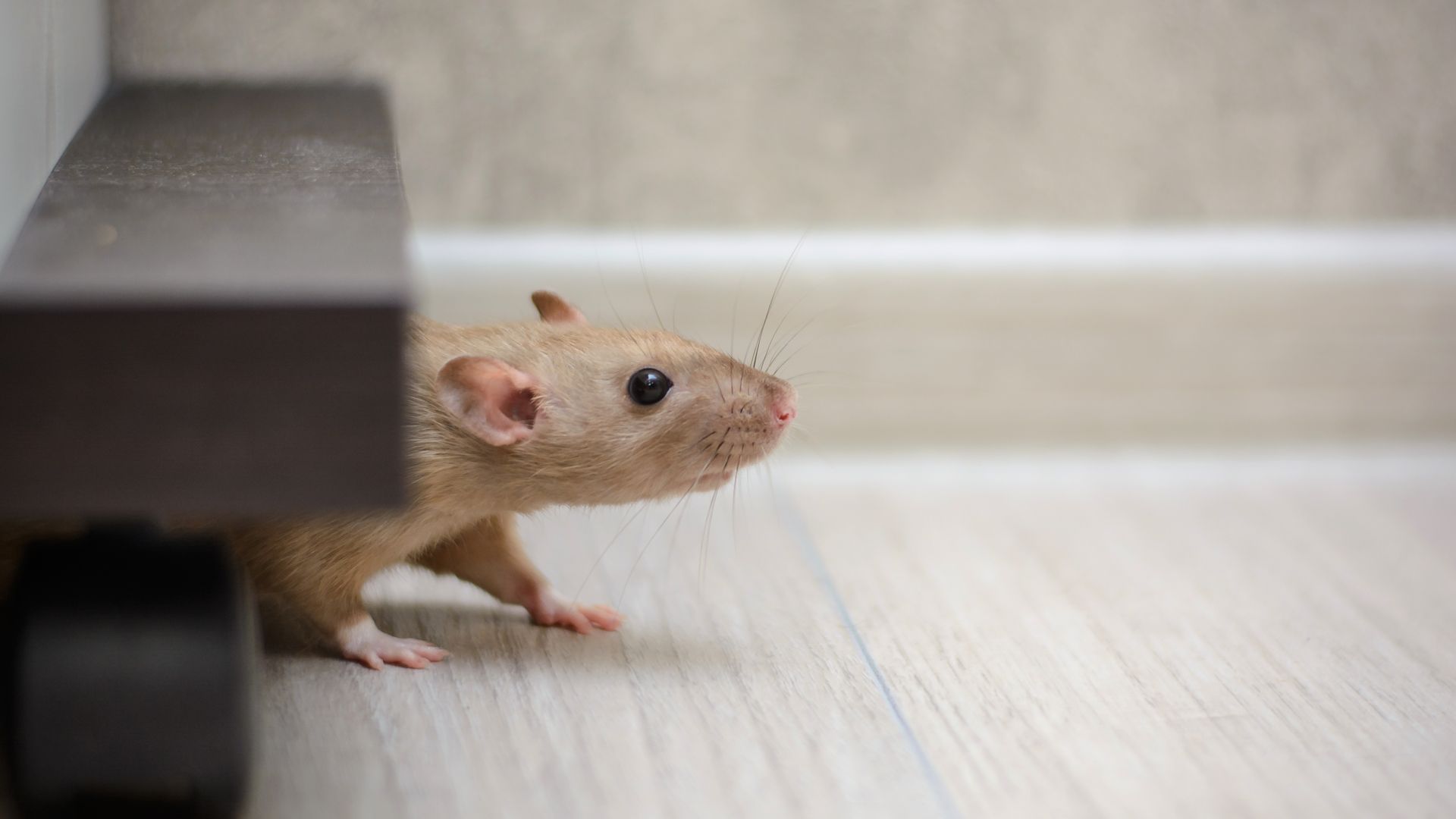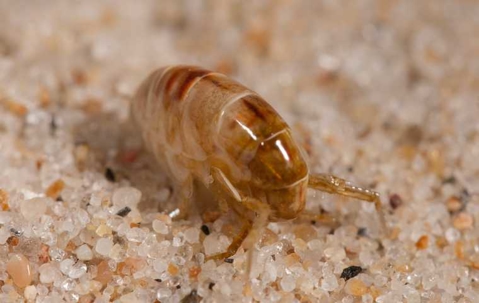Yes, sand fleas do bite. Sand fleas are not actually insects but rather small crustaceans, and they are known for their painful and irritating bites. These tiny creatures are often found in sandy coastal areas, and they can bury themselves in the sand, making it challenging to detect their presence. Sand fleas typically bite humans when they come into contact with exposed skin, such as feet, ankles, and legs. Their bites can cause redness, itching, swelling, and sometimes even small blisters. To prevent sand flea bites, it's advisable to wear protective clothing, use insect repellent, and avoid sitting or lying directly on the sand in areas where these pests are prevalent. If you do get bitten, over-the-counter anti-itch creams and antihistamines can help alleviate the discomfort.
Sand Flea Bites
Sand flea bites can have a distinctive appearance, and their symptoms can vary from person to person. Here's a description of what sand flea bites may look like:
- Redness: Sand flea bites often cause localized redness at the site of the bite. This redness may appear shortly after being bitten and can be a few millimeters to a centimeter or more in diameter, depending on the individual's reaction.
- Swelling: In addition to redness, there is usually some swelling around the bite area. This swelling can vary in intensity and may make the affected area feel puffy or raised.
- Itching: Sand flea bites are notorious for their intense itching. The itching can start within hours or a day after being bitten and can be quite bothersome. Scratching the bites can exacerbate the itching and may lead to skin irritation or secondary infections.
- Papules or Blisters: In some cases, sand flea bites can form small, fluid-filled papules or blisters on the skin. These can be particularly uncomfortable and may increase the risk of infection if they burst and break the skin.
- Crusting: After a few days, the bites may develop a crust or scab as they begin to heal. It's essential not to pick at these scabs to avoid infection and scarring.
- Secondary Infections: Scratching sand flea bites excessively can break the skin and introduce bacteria, leading to secondary infections. It's crucial to keep the bite sites clean and avoid scratching.
The appearance and severity of sand flea bites can vary depending on an individual's sensitivity to the bites and how they react to the proteins in the sand flea's saliva. While most sand flea bites resolve on their own within a week or two, some individuals may experience prolonged symptoms or allergic reactions, in which case medical attention may be necessary. If you suspect an infection or have concerns about the bites, it's advisable to consult a healthcare professional for proper evaluation and treatment.
How To Treat Sand Flea Bites
Treating sand flea bites can help alleviate discomfort and promote healing. Here's a comprehensive guide on how to treat sand flea bites:
- Wash the Area: Start by cleaning the affected area with mild soap and warm water. This helps remove any dirt, bacteria, or sand particles that may be present on the skin.
- Cold Compress: Applying a cold compress or ice pack wrapped in a thin cloth to the bite can help reduce swelling and relieve itching. Avoid applying ice directly to the skin to prevent frostbite.
- Over-the-Counter Creams: Over-the-counter anti-itch creams or ointments containing ingredients like hydrocortisone or calamine lotion can help alleviate itching and reduce inflammation. Follow the product's instructions for application.
- Oral Antihistamines: Taking oral antihistamines like diphenhydramine (Benadryl) or loratadine (Claritin) can provide relief from itching and help you sleep if the bites are keeping you awake. Follow the recommended dosage on the label.
- Avoid Scratching: It's essential to resist the urge to scratch the bites, as this can lead to further irritation, skin damage, and the risk of infection.
- Keep the Bites Clean: Maintain good hygiene by keeping the bite sites clean. Gently wash the area daily with mild soap and water, pat it dry with a clean towel, and avoid abrasive scrubbing.
- Topical Antibiotics: If you notice signs of infection, such as increased redness, warmth, pus, or spreading red streaks, consult a healthcare professional. They may prescribe topical or oral antibiotics.
- Avoid Allergens: If you suspect an allergic reaction to sand flea bites, seek medical attention promptly. Severe allergic reactions can cause difficulty breathing, swelling of the face or throat, and require immediate treatment.
- Avoid Further Bites: To prevent additional sand flea bites, wear protective clothing (long pants, socks, and closed-toe shoes) when in areas where sand fleas are prevalent. Applying insect repellent to exposed skin can also be helpful.
- Healing Time: Sand flea bites typically heal on their own within a week or two. If the symptoms persist beyond this time frame or worsen, consult a healthcare professional.
Remember that everyone's reaction to sand flea bites can vary, so the severity of symptoms may differ from person to person. If you have a history of severe allergic reactions to insect bites or if you experience any concerning symptoms, such as signs of infection or anaphylaxis, seek medical attention promptly.

